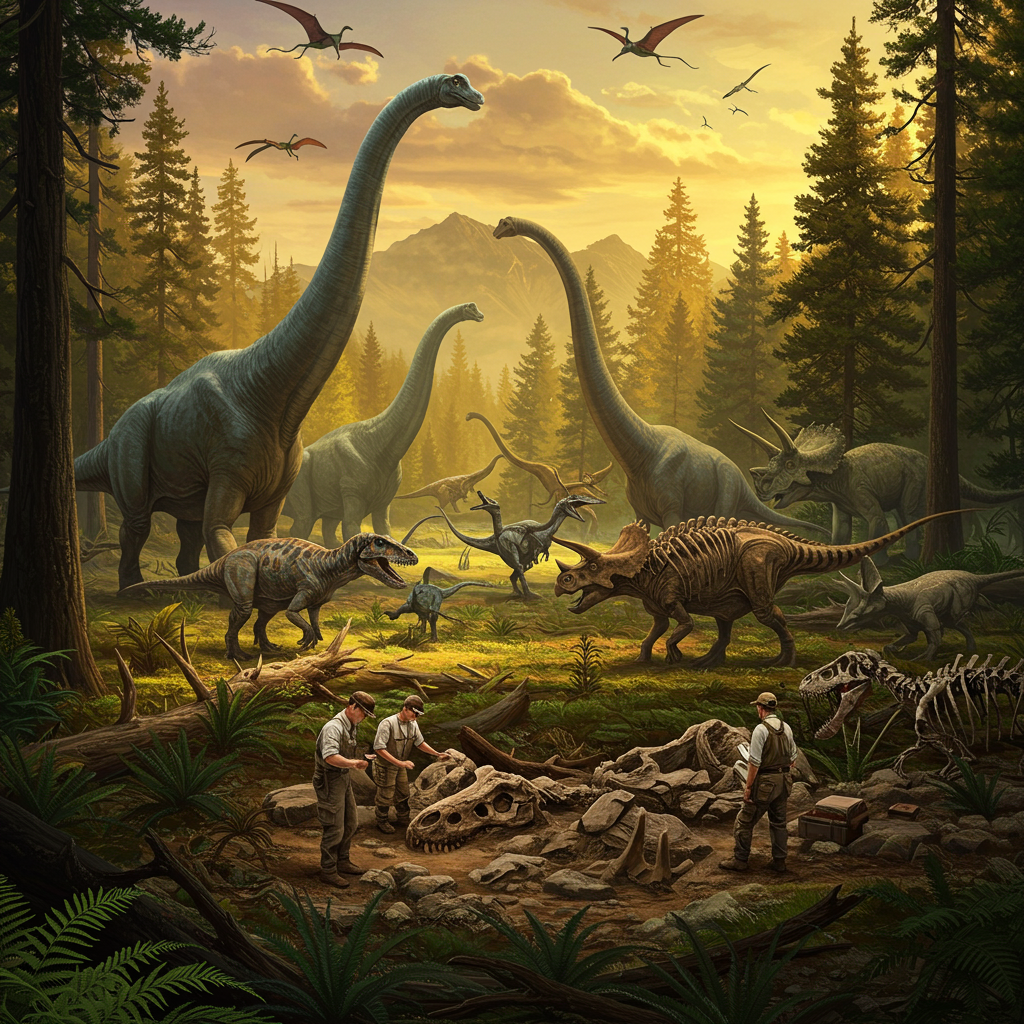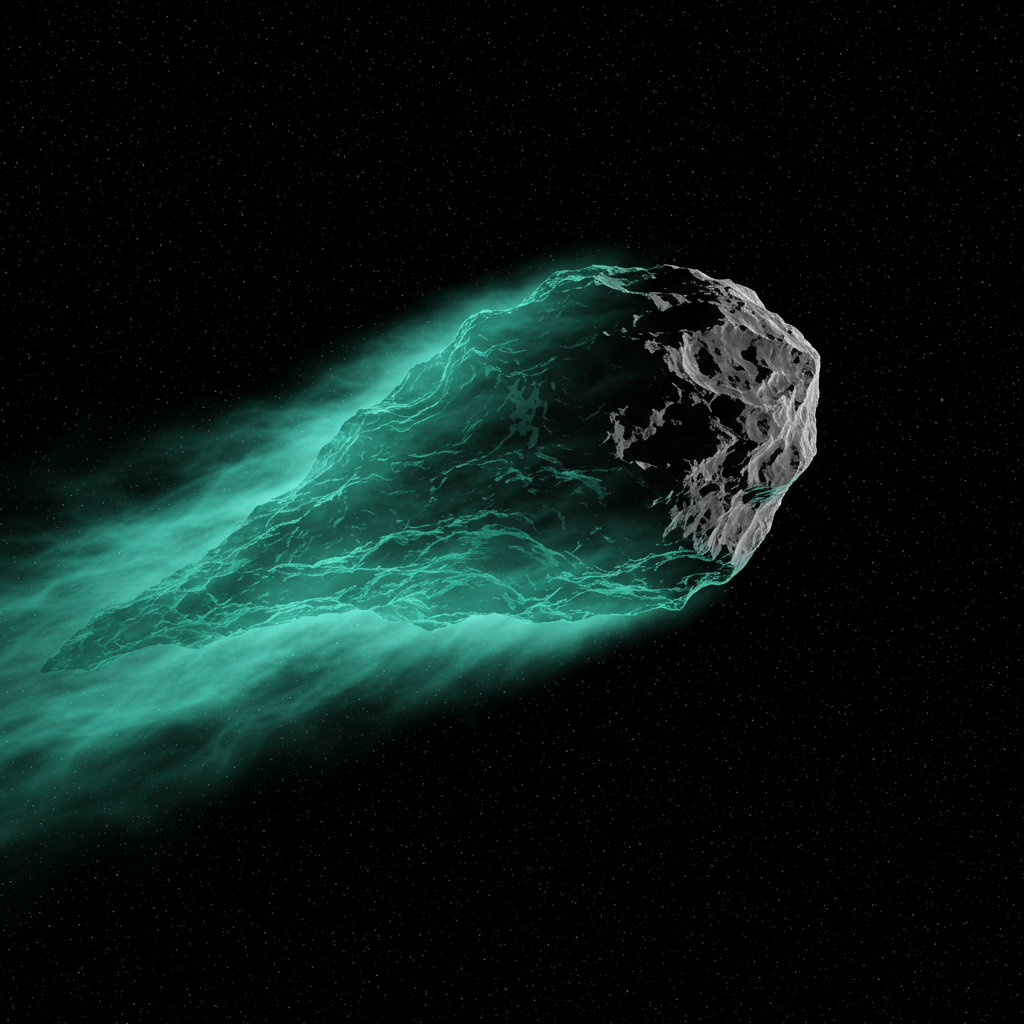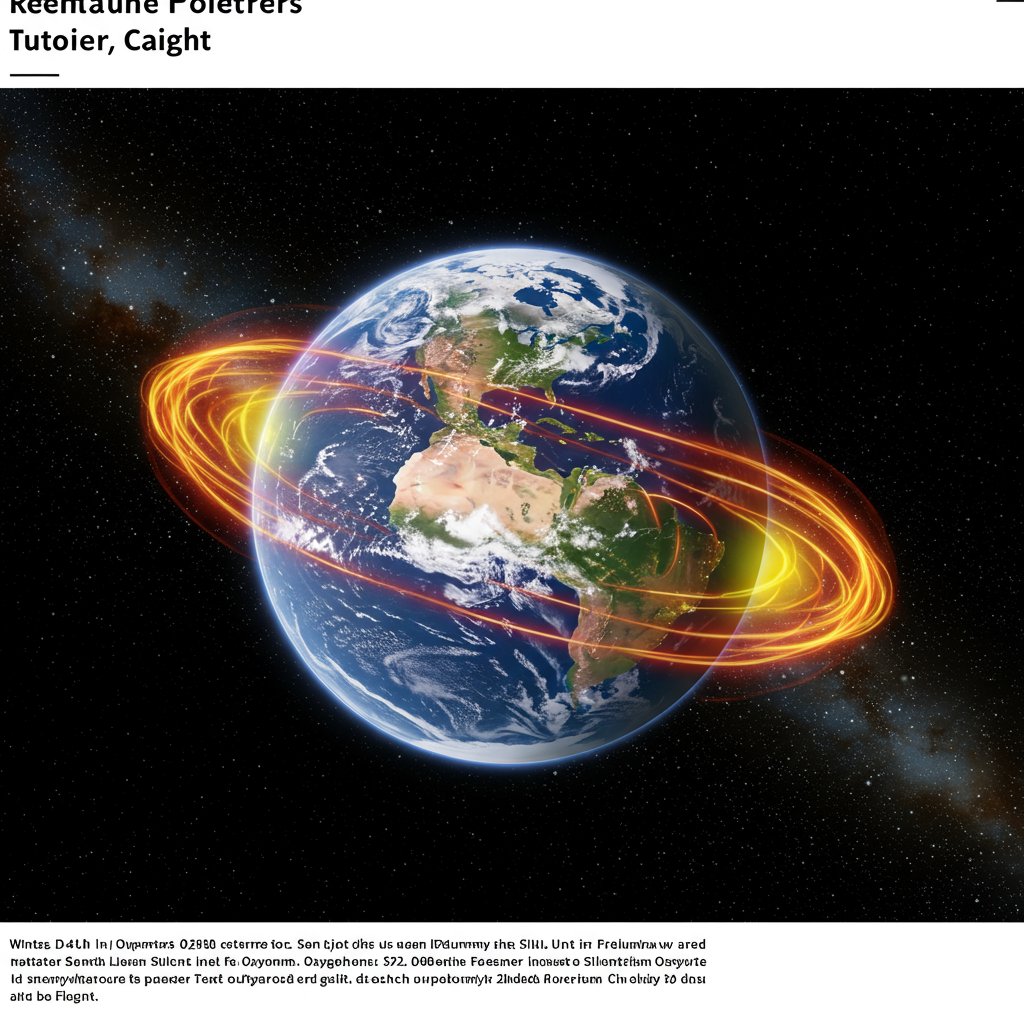For decades, the final chapter of the dinosaurs’ 165-million-year reign has been hotly debated. While the catastrophic asteroid impact 66 million years ago is universally accepted as the cause of their demise, scientists have long pondered if these magnificent creatures were already on a path to decline. New, compelling research, drawing from precisely dated fossil evidence in North America, now strongly suggests that dinosaurs were thriving in diverse, robust communities right up until the moment of extinction, abruptly ending their prime rather than interrupting a slow fade.
Challenging the Decline Theory: A New Perspective
The long-standing scientific debate has centered on the “decline hypothesis,” which posits that non-avian dinosaur populations were already losing diversity and struggling due to environmental pressures like climate change or widespread volcanic activity (Deccan Traps) before the asteroid struck. This theory suggested that the impact was merely the final blow to an already weakening group. Conversely, another school of thought argued that dinosaurs were prosperous, and their sudden extinction was purely a result of the extraterrestrial catastrophe.
The recent findings, published in the journal Science, decisively tip the scales towards the latter. Paleontologists now propose that at least in North America, a vibrant and diverse dinosaur ecosystem was very much alive and kicking, directly challenging the notion of a pre-impact biological slowdown. This groundbreaking research underscores the sheer scale of the asteroid event as the singular, devastating force that reshaped life on Earth.
The New Mexico Breakthrough: Pinpointing Pre-Extinction Life
The core of this revelation stems from an intensive re-examination of fossil-rich rock layers within the Naashoibito Member of the Kirtland Formation in northern New Mexico. This region has yielded intriguing dinosaur fossils for over a century, but their precise age relative to the Cretaceous extinction event remained ambiguous. Previous estimates often placed these fossils millions of years prior to the asteroid impact, limiting their relevance to the “final days” debate.
Lead researcher Andrew Flynn, a paleobotanist at New Mexico State University, and his team employed sophisticated geochronology dating techniques to re-evaluate the rocks. By analyzing tiny particles of volcanic glass within sandstone, studying the direction of magnetic minerals within mudstone, and measuring radioactive decay in argon isotopes, they achieved unprecedented precision. The updated timeline places these fossil-bearing rocks and the dinosaurs they contain at a remarkably close interval: approximately 340,000 to 400,000 years before the asteroid impact. In geologic time, this is considered an extremely short period, indicating that these animals were indeed living very “close to the end of the Cretaceous,” as co-author Daniel Peppe of Baylor University noted.
Dating Methods Unveiled
The advanced dating methods were crucial for this study. Magnetic polarity analysis, which maps the Earth’s magnetic field reversals preserved in rock, combined with argon dating of volcanic minerals, provided a robust timeline. This allowed scientists to compare the New Mexico ecosystem directly with other well-studied late-Cretaceous sites like the Hell Creek Formation in Montana, offering a clearer picture of regional dinosaur health.
A World of Giants: Evidence of Thriving Dinosaur Populations
The fossil record from the Naashoibito Member paints a vivid picture of a bustling, healthy ecosystem. Among the prominent species identified were the formidable Tyrannosaurus rex and a variety of Triceratops-like horned herbivores. However, the most compelling evidence for dinosaurs thriving came from the immense plant-eating Alamosaurus sanjuanensis. This sauropod could exceed 100 feet in length and weigh over 30 tons, making it one of the largest land animals to ever walk the Earth.
University of Edinburgh paleontologist and study co-author Steve Brusatte eloquently emphasized the significance of its presence. He described the Alamosaurus as a testament to the robust health of sauropods “still thriving, still sublime, still colossal, still glorious” at the time of the impact. He imagined a colossal, “jet plane-sized” dinosaur shaking the ground one minute, only for the entire Earth to shake the next from the asteroid’s unleashed energy. Other southern dinosaurs identified included the shovel-beaked Kritosaurus, the three-horned Torosaurus, and the armored Glyptodontopelta, showcasing a diverse array of late-Cretaceous inhabitants.
North America’s Distinct Dinosaur Bioprovinces
Beyond confirming their vitality, the research offered a crucial insight into late-Cretaceous dinosaur geography: the concept of “provinciality.” Scientists discovered that North America was not home to a single, homogeneous dinosaur community, but rather multiple distinct “bioprovinces.” The dinosaur species found in New Mexico differed significantly from those concurrently living in northern sites like the Hell Creek Formation (spanning parts of Montana, North and South Dakota, and Wyoming).
While both regions hosted diverse populations, the Hell Creek Formation featured non-crested hadrosaurs and lacked sauropods, which were prominent in New Mexico. This variation, the study suggests, wasn’t due to geographical barriers like mountains or rivers, but primarily driven by temperature differences. Warmer southern regions facilitated the immense Alamosaurus, while cooler northern habitats supported a greater abundance of duck-billed and horned dinosaurs. This regional specialization further solidifies the idea of a vibrant and adaptable dinosaur world, where species evolved and prospered in their localized niches, rather than a globally declining population.
The Abrupt End: A Sudden Catastrophe
The combined evidence strongly supports the understanding that the asteroid impact was a sudden, devastating event for a diverse and flourishing global ecosystem. A 2019 research team found that the impact ignited a chaotic day of fires, earthquakes, and tsunamis, followed by a prolonged period of global cooling. This abrupt cataclysm, rather than a long-term biological decline, appears to be the definitive answer to why dinosaurs vanished. The new findings reinforce the idea that their extinction was a singular, catastrophic event that rapidly paved the way for the age of mammals.
Acknowledging Limitations and Future Research
While this new evidence from New Mexico provides a crucial piece of the puzzle, scientists involved in and independent of the study caution against generalizing these regional findings across the entire globe. University of Bristol paleontologist Mike Benton, not involved in the research, lauded the New Mexico evidence as “very exciting,” but stressed that it represents “just one location.” He noted it might not fully capture the “complexity of dinosaur faunas at the time all over North America or all over the world.”
Co-author Andrew Flynn also highlighted the inherent challenges in accurately dating dinosaur fossils. Biological materials like carbon don’t survive in fossils, forcing paleontologists to rely on dating surrounding rocks with specific characteristics. This technical hurdle means much more research from previously underexplored areas, particularly in the Southern Hemisphere, is needed to build a truly global picture of the varied dinosaur species that existed on the eve of the mass extinction event. The pursuit of a comprehensive understanding of Earth’s most dramatic extinction continues.
Frequently Asked Questions
What new evidence suggests dinosaurs were thriving before the asteroid impact?
Recent research published in Science analyzes precisely dated fossils from the Naashoibito Member in New Mexico, revealing diverse and robust dinosaur communities just 340,000 to 400,000 years before the asteroid strike. The presence of colossal, healthy species like the Alamosaurus, alongside Tyrannosaurus rex and horned dinosaurs, indicates that these populations were not in decline but flourishing right up until the catastrophic event, challenging long-held theories of a gradual pre-extinction die-off.
Where in North America did scientists find these crucial late-Cretaceous dinosaur fossils?
The pivotal fossil evidence discussed in the study was discovered in the Naashoibito Member, a specific rock layer within the Kirtland Formation in northern New Mexico. This region provided well-preserved remains, including those of Alamosaurus, which were re-dated using advanced geochronology techniques to place them significantly closer to the Cretaceous extinction event than previously believed. The site offered a distinct ecosystem compared to other late-Cretaceous formations like the Hell Creek Formation further north.
Why is accurately dating dinosaur fossils important for understanding their extinction?
Accurately dating dinosaur fossils is crucial because it allows paleontologists to establish a precise timeline of events leading up to their extinction. Without reliable dates, it’s difficult to determine if dinosaur populations were declining before the asteroid impact or if they were thriving. The ability to place specific dinosaur communities within a narrow window of geological time before the impact provides strong evidence for their health and diversity, fundamentally shaping our understanding of the primary cause of their disappearance.
In conclusion, the new evidence from New Mexico significantly reshapes our understanding of the final moments of the dinosaur age. It paints a picture of a dynamic, diverse, and flourishing ecosystem populated by magnificent creatures like the Alamosaurus, who were very much dinosaurs thriving just before the devastating asteroid impact. This reinforces the narrative of an abrupt, singular catastrophe, rather than a drawn-out decline, and highlights the ongoing scientific quest to understand the complexities of Earth’s deep past and the forces that shape life on our planet.




